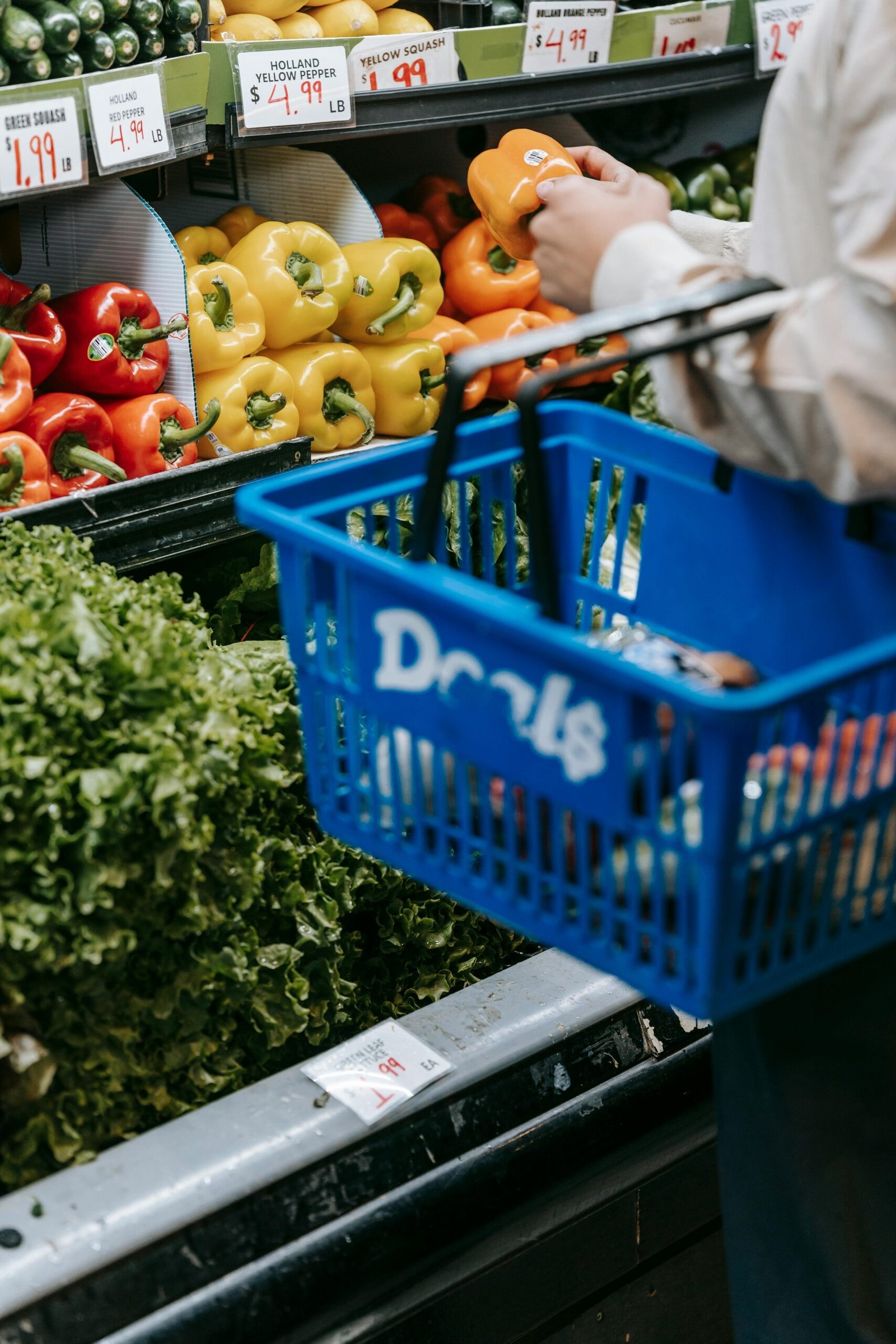If you’ve been grocery shopping lately, you may have noticed that your favorite snacks, drinks, or household essentials don’t last as long as they used to. The packaging looks the same, but the quantity is shrinking while the price stays the same—or even goes up. That sneaky practice is called shrinkflation.
In this updated guide, we’ll help you master spotting shrinkflation in 2025, so you don’t get tricked by smaller sizes and hidden downsizing. 💡
Table of Contents
Why Spotting Shrinkflation in 2025 Matters 📆
Shrinkflation isn’t new, but in 2025 it’s become more widespread due to:
- Rising production costs 📈
- Inflation in raw materials and labor
- Companies trying to protect profit margins without “raising prices”
As a result, many brands are quietly reducing package sizes—from cereal boxes to detergent bottles—while hoping consumers won’t notice.
👉 If you don’t pay attention, you could be spending more for less every single week.
Smart Ways for Spotting Shrinkflation in 2025 🔎
1. Check Net Weight & Volume ⚖️
Always look at the fine print on packaging. For example:
- Old bag of chips: 200g
- New bag: 180g
Same price, but less product.
👉 Small differences add up over months, especially on items you buy regularly.
2. Compare Unit Prices 💲
Most stores now list the price per ounce, liter, or gram on shelf tags. This is your best weapon against shrinkflation.
Example:
- Cereal A: $4.99 for 14oz → $0.36 per oz
- Cereal B: $4.99 for 12oz → $0.41 per oz
✅ Clearly, Cereal A gives you more value for your money.
3. Watch Package Design 🎨
Manufacturers often redesign boxes, jars, and bottles to look the same size. Tricks include:
- Taller bottles with less liquid
- Puffier chip bags with more air
- Narrower jars with less volume
Don’t trust appearances—check weight and volume instead.
4. Track Your Favorite Brands 📓
If you consistently buy the same products, it’s easier to notice when something changes. Keep a shopping diary, price-tracking app, or even snapshots of labels.
5. Follow Shopper Communities 👥
Consumer forums, watchdog websites, and Reddit threads often spot shrinkflation early. Staying connected helps you avoid getting tricked.
Everyday Examples of Spotting Shrinkflation in 2025 🥤🍫🧴
Here are some categories where shrinkflation is most common this year:
- Snacks & Chips 🥔 → Bags are puffier, but content is lighter.
- Chocolate Bars & Candy 🍫 → Fewer pieces per pack.
- Beverages 🥤 → Juice bottles now 52oz instead of 64oz.
- Toilet Paper 🧻 → Fewer sheets per roll, smaller sheet size.
- Detergents & Cleaning Supplies 🧴 → Less liquid per bottle.
👉 Tip: When packaging changes, always compare old vs. new versions.
Smart Shopper Tips to Beat Shrinkflation 💡💰
- Buy Generic or Store Brands 🏷️
Private-label items often maintain size to compete with name brands. - Shop in Bulk at Warehouse Clubs 🛒
Stores like Costco and Sam’s Club usually give better unit pricing. - Use Cashback & Coupon Apps 📱
Apps like Ibotta, Rakuten, and Honey can offset shrinkflation by giving cash back. - Switch to Alternatives 🔄
If one cereal shrinks, try a different brand or bulk oatmeal. - Stock Up During Sales 📦
When you see discounts, buy multiples to lock in better value.
Why Companies Use Shrinkflation 🎭
You may wonder: why not just raise prices? Here’s why brands prefer shrinkflation:
- Psychology of Pricing 🧠 – Consumers notice price hikes faster than size drops.
- Marketing Consistency 📦 – Keeping “$4.99” looks better than “$5.49.”
- Retail Competition 🏬 – Staying competitive on price tags is crucial.
Unfortunately, this leaves shoppers carrying the hidden cost.
Global Shrinkflation Trends in 2025 🌍
Shrinkflation is a global issue:
- UK & Europe: Chocolates, biscuits, and chips shrinking.
- Asia: Instant noodle packs reduced in portion size.
- Australia: Snacks and beverages quietly downsized.
Consumers worldwide are demanding clearer labeling and brand accountability.
FAQs About Spotting Shrinkflation in 2025 ❓
What is shrinkflation in 2025 and why is it happening?
Shrinkflation in 2025 means companies are reducing product sizes while keeping prices the same (or higher). It happens due to rising production costs, supply chain issues, and inflation.
How can I spot shrinkflation in everyday shopping?
Look at net weight, unit prices, and packaging design changes. Compare old vs. new versions and check store shelf price-per-ounce labels.
Which products are most affected by shrinkflation in 2025?
The most affected items include snacks, cereal, beverages, chocolate, toilet paper, and cleaning supplies. These are everyday essentials where changes are harder to notice.
Is shrinkflation legal in the United States?
Yes, shrinkflation is legal in the U.S. as long as companies clearly display weight or volume on packaging. However, many consumers see it as misleading.
How can I save money and beat shrinkflation in 2025?
You can beat shrinkflation by buying generic brands, shopping in bulk, using cashback apps, and watching for deals. Also, stay informed through consumer forums and guides.
Final Thoughts: Master Spotting Shrinkflation in 2025 ✅
At the end of the day, spotting shrinkflation in 2025 is about awareness. Don’t let marketing tricks fool you—your wallet deserves better.
👉 Quick Recap for Shoppers:
✅ Watch labels carefully
✅ Compare unit prices
✅ Stay updated through forums
✅ Don’t hesitate to switch brands
Shrinkflation may be sneaky, but with the right awareness, you can shop smarter, save money, and stay one step ahead. 🚀
💡 Want more ways to stretch your budget in 2025? Check out these guides:
Explore hidden gems and budget travel tips at TravelBuzz.us ✈️
Score big savings in the Adidas Summer Blowout Sale 2025 👟
Don’t miss the Domino’s Pizza $3 Deal 🍕
Learn how to save money on gaming consoles 🎮












